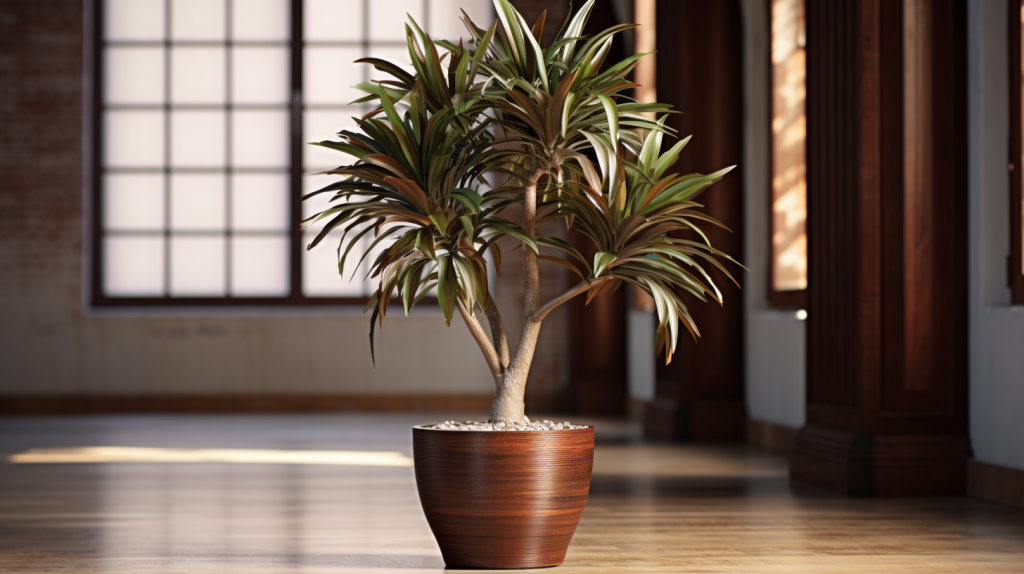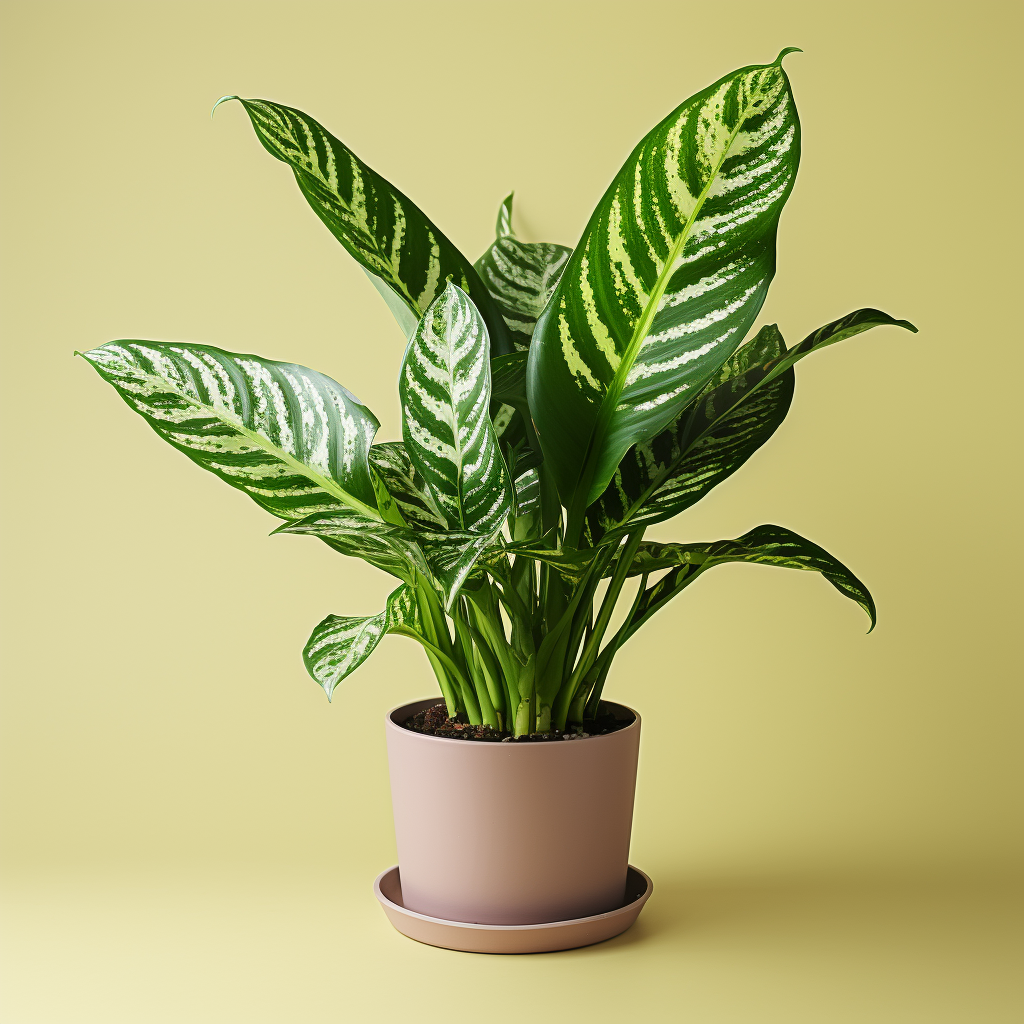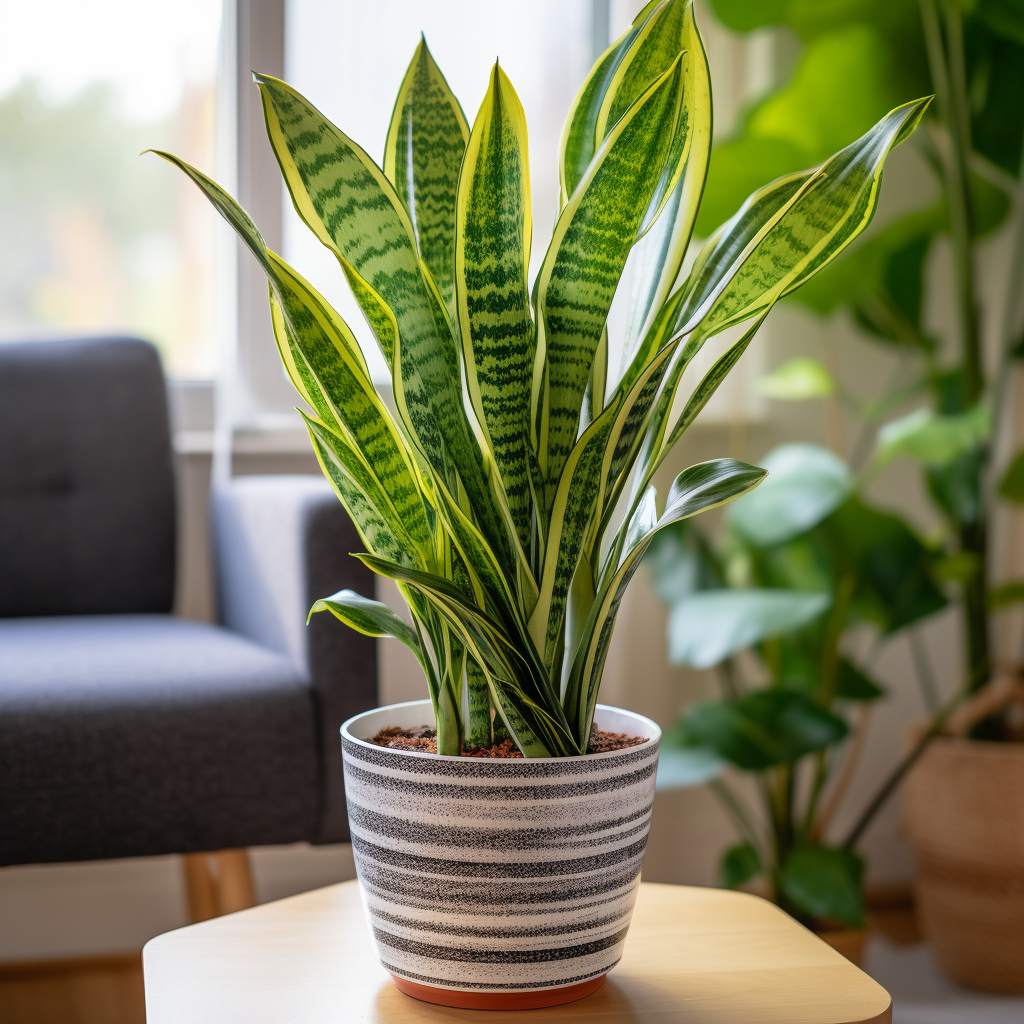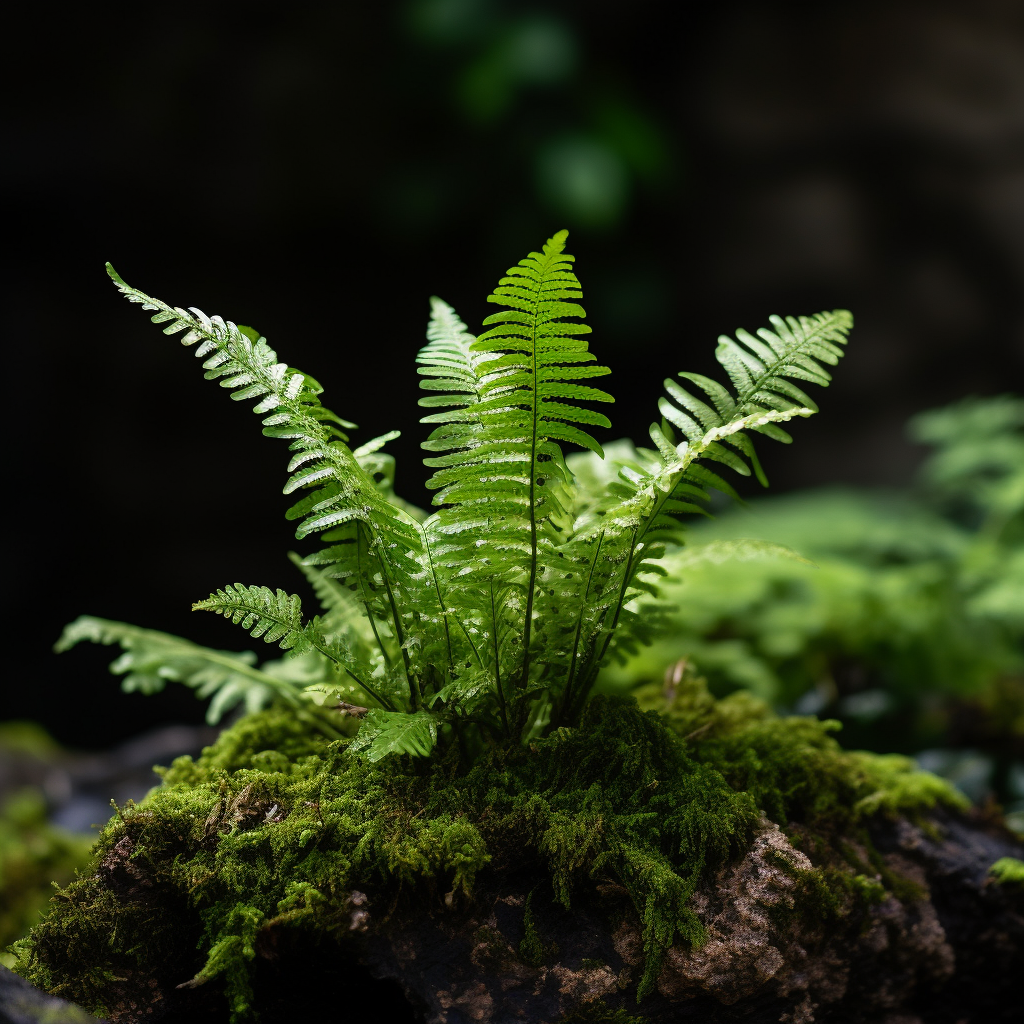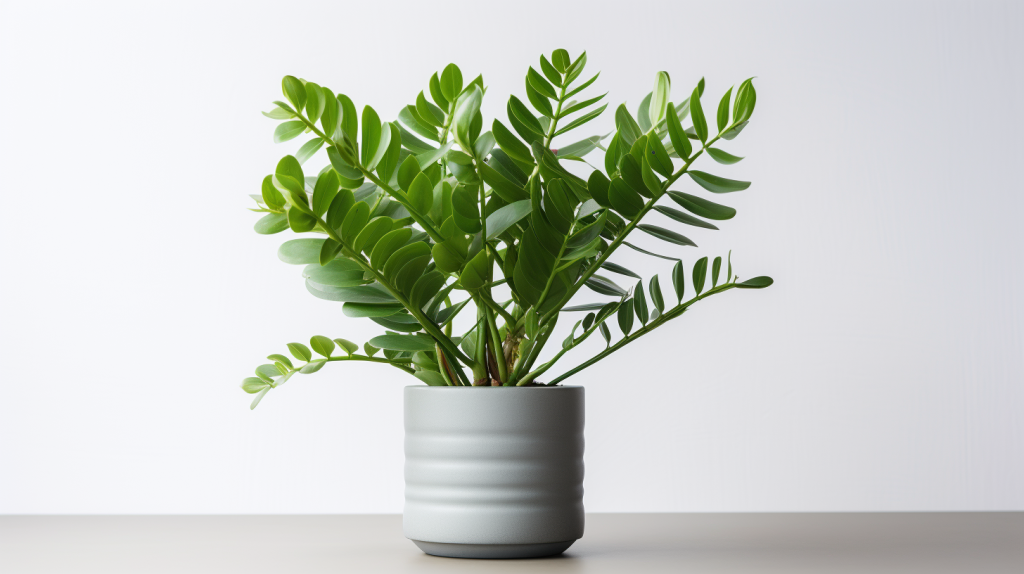Are you familiar with the stunning Madagascar Dragon Tree, also known as Dracaena Marginata? If not, prepare to be charmed by this exotic yet easily nurtured houseplant. In this comprehensive guide, we’ll cover everything from its distinctive appearance to practical care guidelines, along with some fascinating facts.
What is the Madagascar Dragon Tree?
The Madagascar Dragon Tree is a type of succulent tree native to the island of Madagascar. Its scientific name, Dracaena Marginata, comes from the Greek word “drakaina,” meaning “female dragon,” referring to the plant’s reddish resin that some liken to dragon blood.
Description of the Madagascar Dragon Tree
Dracaena Marginata stands out for its slender, flexible trunk, which often bends under the weight of its leaves, creating a dramatic, tree-like shape. The leaves are thin, elongated, and grow in spiral patterns around the trunk. Their vibrant green color with reddish-purple margins contributes to the plant’s unique charm.
What Does the Madagascar Dragon Tree Look Like?
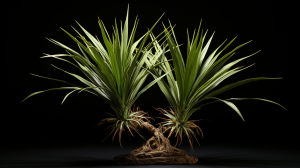
Picture a miniature palm tree with a tropical twist. That’s the Madagascar Dragon Tree for you! This plant boasts a slender grayish-brown trunk, at the top of which tufts of sword-shaped leaves fan out. These leaves are a vibrant green with bold, purplish-red edges that add a pop of color to any room.
Madagascar Dragon Tree Flowering
In its native habitat, the Madagascar Dragon Tree blooms small white or yellowish flowers in clusters, usually in winter or spring. These flowers then transform into red-orange berries. However, it’s rare to see flowers on indoor plants due to less than ideal conditions. But don’t fret! The beauty of this plant lies primarily in its vivid, ornate leaves.
Madagascar Dragon Tree Displaying
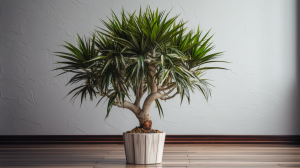
Showcasing your Madagascar Dragon Tree is all about balance. These plants thrive in bright, indirect sunlight, so placing them near north or east-facing windows is a good idea. They’re also perfect for adding height to your plant arrangements, thanks to their tall and narrow growth habit.
Is the Madagascar Dragon Tree Poisonous?
Here’s a heads up for pet owners: The Madagascar Dragon Tree is, indeed, poisonous to cats and dogs. Ingesting its leaves can cause vomiting, salivation, and dilated pupils in cats. Dogs might also experience similar symptoms. Always place these plants out of your furry friends’ reach!
Madagascar Dragon Tree Facts
Here are some quick facts about this magnificent plant:
| Fact | Description |
|---|---|
| Scientific name | Dracaena Marginata |
| Common name | Madagascar Dragon Tree |
| Origin | Madagascar |
| Plant Type | Succulent tree |
| Growth Rate | Slow |
| Average Height | 4-6 feet indoors |
| Toxicity | Toxic to cats and dogs |
Caring for the Madagascar Dragon Tree
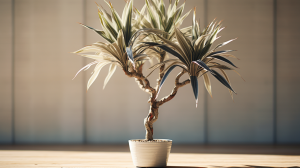
Understanding the right conditions is key to maintaining a healthy Madagascar Dragon Tree. Below is a brief care guide:
| Care Aspect | Instruction |
|---|---|
| Light | Bright, indirect light |
| Water | Allow the top inch of soil to dry between watering |
| Soil | Well-draining potting mix |
| Temperature | 70-80°F (21-27°C) |
| Humidity | Moderate |
Common Problems
Like any other plant, the Madagascar Dragon Tree can face issues like leaf spotting or wilting due to overwatering, lack of light, or pests. Ensure you provide the right care conditions and regularly check for signs of distress.
Frequently Asked Questions
- Is the Madagascar Dragon Tree easy to care for? Yes, it’s relatively low-maintenance and perfect for beginners.
- How often should I water my Madagascar Dragon Tree? Water when the top inch of soil feels dry to the touch.
- Why are the leaves of my Dragon Tree turning yellow? Yellow leaves often indicate overwatering or inadequate lighting.
- Can I propagate the Madagascar Dragon Tree? Yes, it’s commonly propagated through stem cuttings.
- How big does the Madagascar Dragon Tree grow? Indoors, it can reach heights of 4 to 6 feet.
Conclusion
The Madagascar Dragon Tree is truly a statement-making addition to any indoor garden. Its striking appearance, coupled with its ease of care, makes it a favorite among plant enthusiasts. Whether you’re a beginner or a seasoned green thumb, this plant can bring a touch of the tropics right into your living room.

